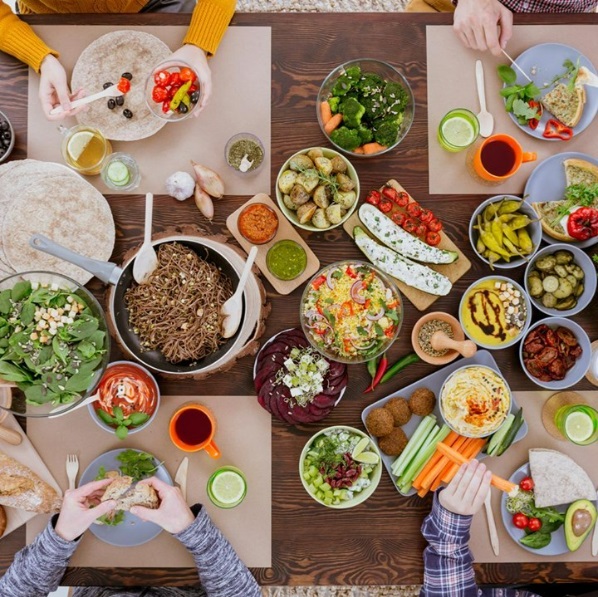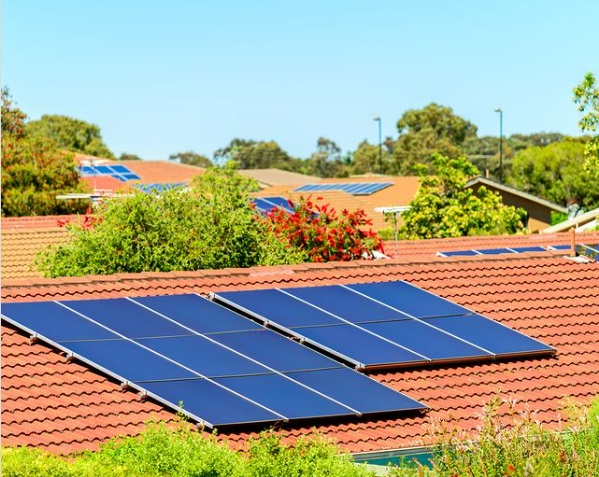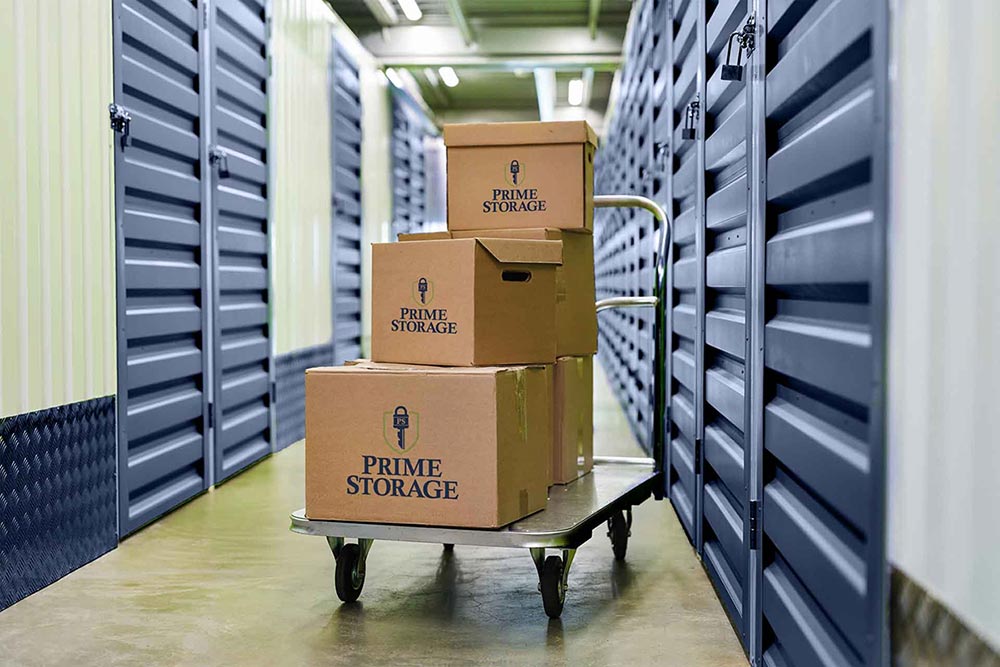“Sustainable living means understanding how our lifestyle choices impact the world around us and finding ways for everyone to live better and lighter.” It’s far more than just a fad; it’s a conscious lifestyle change, a look at the bigger picture for future generations. And there are steps every individual can take in their day-to-day to contribute toward that future, from what we eat to what we buy, how much we recycle, and more.
Now, we’re not saying to change every aspect of your life and go off the grid to eliminate your carbon footprint. If you want to do that, great; you do you. But we do have a handful of helpful tips out of hundreds that we feel make it easy to integrate the three Rs of sustainability—reduce, reuse, recycle—into your daily routine. Guarantee you’ve at least heard of them before.
And, hey, maybe you could make it your New Year’s Resolution to work on some of these steps if they’re not something you already think to do.

1. Avoid Single Use Water Bottles
One of the easiest ways to reduce your plastic consumption is to make the switch to tap water and a reusable water bottle. Aside from sitting in landfills or ending up in the oceans or other places they should not be, plastic bottles can also be harmful to your health. Ever heard of microplastics? You risk ingesting them any time something is stored in plastic. No, thanks!
While there are plastic reusable water bottles, the most durable options are stainless steel, which is usually dishwasher-safe and insulated to keep beverages hot or cold for longer periods. And if you struggle with chlorinated tap water, using a filter can go a long way. You can attach a filter directly to your sink spout or get a pitcher that filters water as you fill it.
This also applies to your morning coffee or tea. Most to-go coffee cups are made from an insulated cardboard-plastic mix, and we often don’t consider their negative environmental impact when caffeine is the first thing on the brain come morning. You can keep your cup of joe just as warm, if not warmer, longer, with a reusable travel mug or thermos. These are also usually dishwasher safe, so clean-up is easy. Just don’t stick them in the microwave.
2. Use Reusable Bags
Just like plastic water bottles, single-use plastic bags float around like tumbleweeds and wreak environmental havoc, especially near waterways. About five trillion plastic bags are used worldwide each year, and only a tiny percentage is recycled. While some states in the US have banned plastic shopping bags, paper isn’t a much better option as it requires more energy and resources to produce and can only withstand use so many times.
You can help the issue by bringing your own bags when shopping. Reusable bags are, more often than not, produced from recycled or organic materials. So, little is wasted, which means one less plastic bag in a seagull’s stomach. Reusable bags are also much more durable than their predecessors, so they’re less likely to rip on you while carrying groceries. Yes, they still create a carbon footprint, but it is lessened the more you use them.
3. Reduce Food Waste
Tempting as it is to order convenient takeout on the reg, the best way to reduce food waste is to cook more at home. Not only is it healthier for you, but you get to be conscious of where your ingredients are sourced, the packaging used, and how much you spend—an all-around win in our books.
Studies show that restaurants tend to have higher levels of sodium, fats, and calories than home-cooked meals. This is a given since you can monitor your ingredients and portion size when preparing meals at home. But restaurants also end up wasting a lot more food between unfinished meals and unused bulk ingredients. You can still indulge in your guilty pleasures every now and again (hello, Chinese food). Just maybe don’t make it a weekly occurrence.

4. Eat Less Meat
Riding off the last point, did you know factory-farmed meat, especially beef, has a higher carbon footprint than most other food sources? Factory-farming practices have various other environmental impacts on the groundwater, air (cow farts = methane gas), and soil. It takes a lot of energy and resources to maintain, too, compared to free-range farming.
We know it’s unrealistic to expect everyone to switch out their diets and drop animal products altogether. Cheese addiction is real. And some vegetarian or vegan alternatives can also be harmful to the environment. But being mindful of where your food comes from and how much meat and animal byproducts you consume is a step forward.
5. Make the Switch to More Sustainable Products
And we don’t mean all at once—that could get expensive, fast. But slowly introducing more sustainable brands and packaging into your everyday life means less waste and often better quality. Take hand soap, for instance. There’s far less waste using a bar that lathers down to nothing versus a pump bottle. Now, if you reuse and refill the bottle, that’s another story, but most people probably don’t.
Swapping out single-use products helps reduce waste by leaps and bounds. Some common household items you can easily change out include cling wrap, parchment paper, sandwich bags, plastic straws, and makeup wipes. More sustainable alternatives for each are easily accessible, from tupperware to silicone baking tray inserts, metal straws, and reusable makeup pads.
Knowing where the ingredients for a product you love are sourced from also makes a big difference. Is the product fair trade? Non-GMO or MSC certified? Cruelty-free? There’s a lot to consider, but it can lead to better buying practices. Eventually, looking for these certifications on packaging becomes second nature.
6. Buy Less, Waste Less
It’s a given. And as much as we love self-care and treating ourselves, do you really need a different outfit for each day of the year? (Your heart might say yes, but your brain realizes no.) Cutting back on purchasing habits and checking with yourself if something actually brings value to your life before buying it helps you make better spending choices. Your bank account thanks you, too.
That’s less energy and resources wasted from food being thrown out, wardrobe overhauls, or expired cosmetics being tossed. Clothes are meant to last more than one season, after all, and you can still find in-fashion garments that are ethical and made from sustainably sourced materials. Plus, buying things that hold more value generally means you’ll be more inclined to take better care of them and mend or repurpose them instead of dropping them in the garbage at the first sign of wear.

7. Be Energy Efficient
Much easier than it sounds—one key to a sustainable lifestyle is to be more conscious of your energy use. You probably pay an electric bill each month, and we’re sure you’d love to see that payment decrease. One straightforward way to help with that is to ensure you turn off lights when you leave a room. You can also take it a step further and unplug electronics, like a toaster, when not in use or hang clothes to dry instead of using an electric dryer.
For those wanting to go the extra mile, renewable energy options are available for the everyday homeowner and can help lower energy costs in the long term. These options include:
- Solar power
- Solar heating
- Air source heat pumps
- Wind energy
- Biomass heating
- Hydroelectric energy
8. Travel Sustainably
When you can, that is. Not everyone has access to public transportation or carpool options, but those who do should take advantage of them where possible. Taking the local metro or carpooling has proven to reduce carbon emissions and energy consumption. Plus, with the price of gas these days, it beats filling up your tank every week. And if you live in an area where you can easily walk or bike short distances, that’s even better. Cardio is good for you, and you reduce your carbon footprint and fossil fuel usage, so you get a twofer deal while you’re at it.
9. Consider Self Storage
Even the slightest change can still make an impact, whether you choose to incorporate one or several of these steps into your daily routine. Not to mention the many others we didn’t get to cover. And if you have things you’re debating on keeping or tossing, consider either donating them or utilizing self storage instead.
Home storage is especially useful for seasonal clothing, memorabilia, collections, old furniture, and more that you don’t really have room for but aren’t ready to part with. Like if you want to keep your great-great-grandma’s antique armoire in the family but don’t have a use for it at home. That’s where Prime Storage comes in. We have storage facilities located in over twenty states across the country, with a wide selection of storage unit sizes and types to choose from. So, you can take advantage of affordable home storage solutions without sacrificing space and still be eco-conscious.

